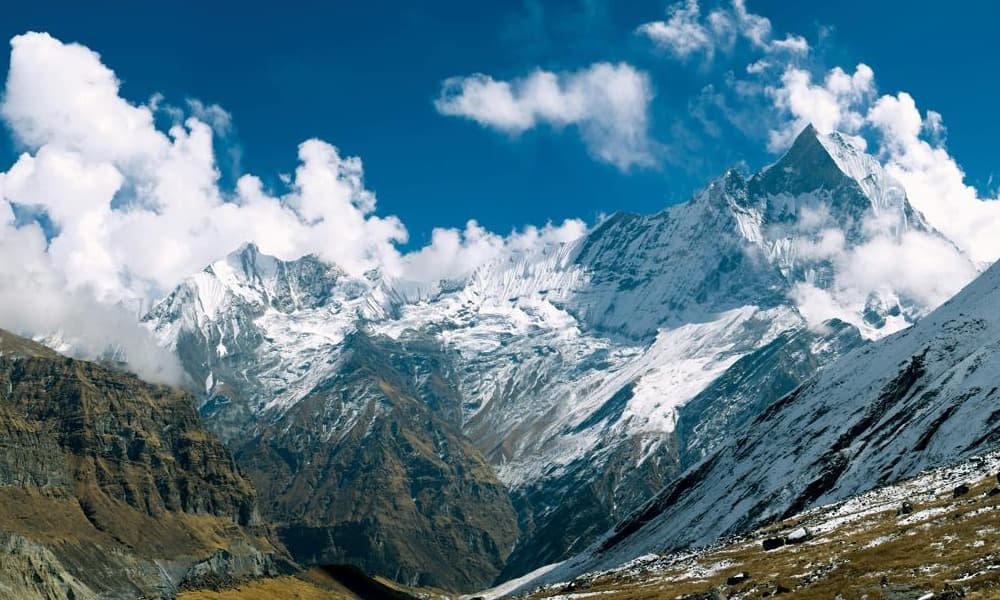Everest base camp trek also popularly known for its shortly name or the synonym of EBC trek is undoubtly one of the best trekking trail for the high altitude adventure and for the experience of unspoiled nature. The trail which drawn o0ver the Everest Region to destined the Base Camp at the altitude foot of highest peak in the world Mt.Everest made offers a huge diversity of nature, scenery and the cultural side of Himalayan People. It makes it profoundly one of the best trekking trails in the world.
Basically, Everest Region got its exposure to the trekkers and the traveler from all around the world as home for the highest peak, specifically of Mt.Everest. But with the rich in nature and the wide range of remote places to explore it now became a sensational place to do the outdoor activities like trekking, climbing and expedition. Even for the trekking the availability of wide choices among Everest Base CampTrek, Everest View Trek, Everest Panorama Trek and many more branching trail highlighted the Region to be one of the best trekking Region and also as best for the tranquility in nature.
Standing out the Everest Base Camp became one of the most done and most chosen trekking journey, influencing the travelling and adventure spirits from all around the world. The combination of nature, adventure, and scenic features in Everest inside the intense tranquility made it more favorable to have once in a lifetime experience.
The trekking trail of Everest Base CampTrek, offers the spectacular view of snow capped mountain peaks followed by the range as well the majestic scenery of landscapes brought it a scenic features. The picturesque walk throughout the trekking trail made it scenic journey. It too includes some of other highest peaks such as Mt.Manaslu, Mt.Cho Oyu and the soldering peaks, making itself as home for the towering mountains.
The diverse nature which includes the wildlife and the huge collection of flora and fauna will be another feature to enjoy and to witness along the trek. Among them many of are too in endangered list and rare to be seen once in a lifetime. It could be the great advantage for the plant enthusiast too and who seeks to enjoy the lush greenery, flourished in an unspoiled nature.
Besides, such natural features it is also home to the diversity of traditions and the cultures which are being preserved as well followed from the centuries back. Also, the living style of Himalayan people with the limited resources in such altitude would be an amazing experience to be in. it adds more flavor to the journey inside the Everest Region. Such features make Everest Trekking a sensational experience for all trekkers and travelling enthusiasts.
Considering, the diversity and the enormous aspects to explore, we are here with a well managed and a properly planned itinerary package with the well preparedjourney for you to harness more from the EBC Trek. Also, we assure to make your journey more comfortable and stay during Everest Base CampTrek more memorable with our offered itinerary, so that you can harness as much as joyful time as well to make memorable moments for your lifetime.




